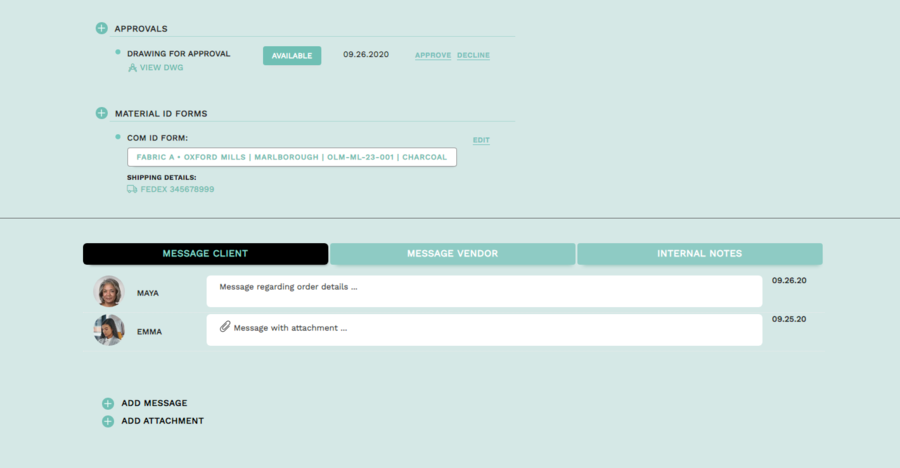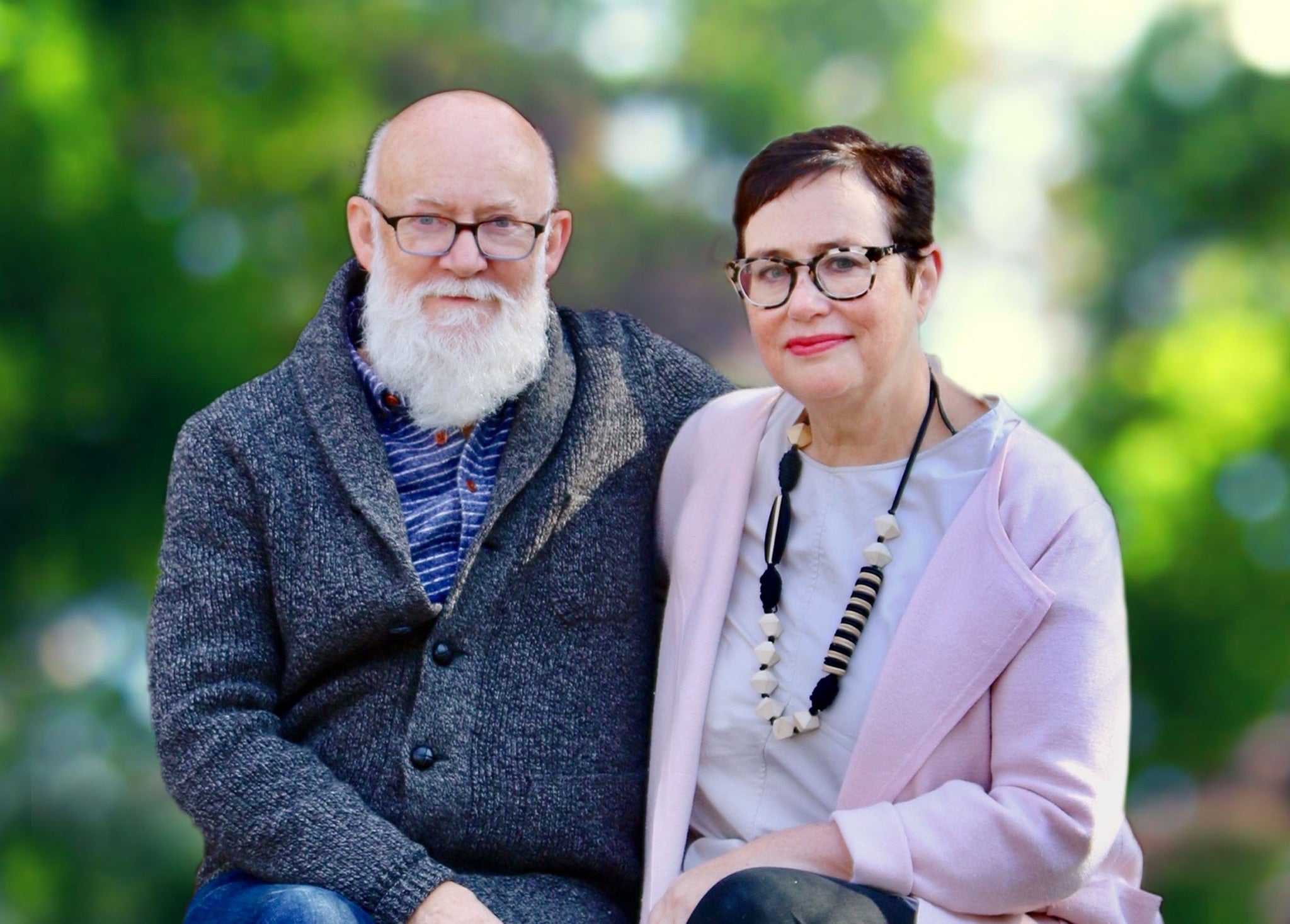Showrooms nowadays spend big on building out their web presence, but, for most, the digital experience often stops at browsing or checking stock before a designer is meant to get in touch with a sales representative. “Showroom websites often don’t take you beyond the discovery phase,” says Dan Carroll, an IT specialist and the founder of the new platform Showroom Squared. He has firsthand experience: His wife, Eileen Carroll, is a Chicago-based interior designer and over the years would often discuss the pain points of the traditional showroom model with him. “My wife has been in the business for more than 20 years, and in that time, almost nothing has changed about how she shops at showrooms,” says Carroll. Four years ago, over breakfast, the pair hatched an idea that would tap into Eileen’s knowledge of the design trade and Dan’s background in computer technology—a platform that would digitize the trade showroom experience.
After four years of development and two years in beta with the Chicago multiline showroom Lusso Design Resource, Carroll recently launched Showroom Squared, a platform that enables trade showrooms—even those that sell custom furnishings—to offer clients an omnichannel experience with the full transactional process online. Showrooms host their inventory on Carroll’s site and upload their catalogs as they would for e-commerce, not too dissimilar to how a small business might make, say, an Etsy store. Designers have the ability to create accounts with new showrooms or interact digitally with brands they have existing relationships with, and they can request a quote, order or memo directly from the product page.

Carroll says that his tool is designed to enhance the traditional person-to-person interaction that has largely defined the design trade, not replace it. “This is a business that’s based on relationships and that’s not going to change,” he says. “But what is changing is what designers expect from brands. They want an immediate response to their questions and to be able to order online, and [then] to know where that order is at all times. If a company’s system lets the designer down, that hurts the relationship, and it won’t matter how much the designer likes their sales rep.”
An added benefit of the platform, says Carroll, is centralizing a client’s order history and communications with a showroom. “I know from my wife’s experience, sometimes you work with a brand once and then you may not source from them again for a few years and the sales rep you worked with has left the company—there can be friction in that process,” he explains. “This eliminates that and makes things simpler for both parties.” Using Showroom Squared, showrooms can see everything a client has previously specified and a record of any digital communication. “Capturing communication was such a key part of this,” says Carroll. “So many showroom teams cringe when they admit how many emails they get and how easily things get lost.”

Carroll sees the platform, which will take a transaction fee on orders, as a resource for small, independent businesses, like Lusso Design Resource, which has been beta-testing Showroom Squared for the past two years. “When Dan first came to us and presented his idea, I was skeptical,” says Tim Palmer, the showroom’s co-owner. “It’s always scary to change. But we decided to give it a chance, and we just love it. It has streamlined everything and allowed us to go almost completely paperless.”
The platform will continue to evolve as more brands come on board, Carroll says. He can envision additional tools like brand analytics, which would offer insight into things like which products designers are clicking on or how memos relate to actual orders, or integrating QR codes onto product in physical showrooms, which could then be purchased on Showroom Squared. “We’re listening, and as we talk to showrooms, we’re hearing their problems and responding in real time,” says Carroll. “Good design is solving problems, after all.”
Homepage photo: Dan and Eileen Carroll | Courtesy of Dan Carroll





























